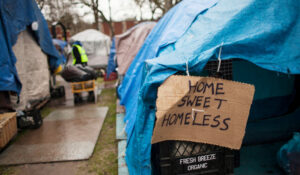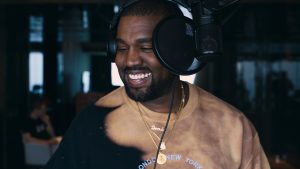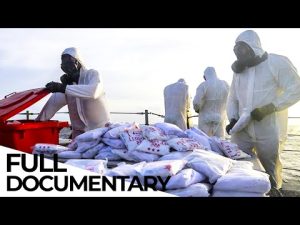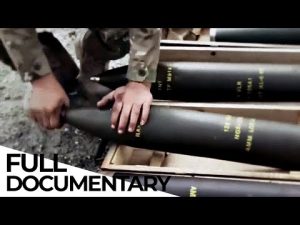Religious and Racial Divide
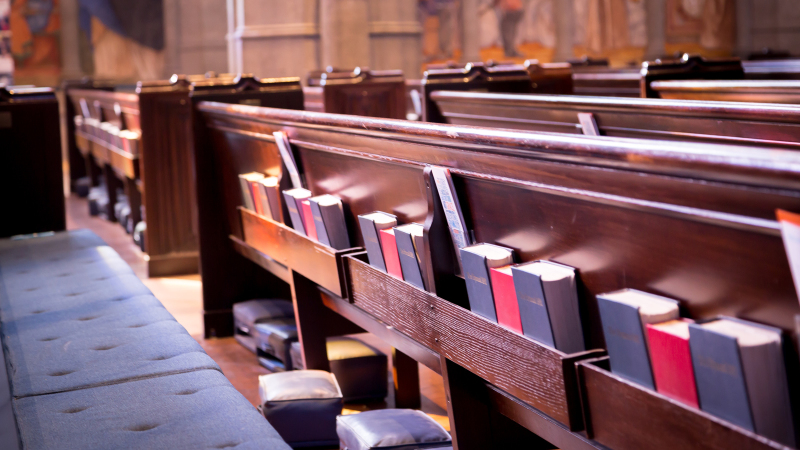
Religious and Racial Divide. Lots of people are piling on to David French for his most recent piece on structural racism. I don’t want to get into that directly, but just to reflect, as I sometimes do, on the divide between conservative Catholics and Evangelicals. Previously, I ventured that the last five decades of history in Evangelicalism and Catholicism were shaping the evolving politics of these two groups. But, I wonder if this religious divide accounts for certain divergent attitudes on racial issues.
I spent a little time as a teenager around Evangelical circles, but quickly ended up back in the Catholic Church I was raised in. The more I reflect on it, the one thing that feels “foreign” to me about the American experience is the racial segregation of America’s Protestant churches. The Catholic Church in America has, occasionally, had rivalrous ethnic divisions — ask old Italian-American priests about the Irish leadership in New York if you want to hear what old-world anger sounds like. But, in general, in Northeastern parishes Sunday morning was always the least segregated hour in our America.
African Americans are a tiny portion of the American Catholic Church. Barely one in 20 African Americans are Catholic. And yet, despite de facto segregation by neighborhood, there have always been African-American families in my parishes. Several African Americans are part of my traditionalist Catholic parish today. African Americans have been counted among our Catholic bishops going back decades before I was born. A Catholic bishop of New Orleans once deployed the most severe canonical measure to confront racism: He excommunicated three segregationists. This is a tool Catholic bishops are, even now, reluctant to use on advocates for legal abortion.
Until a few years ago, I could almost certainly say that the majority of the priests I had experience with at my childhood Catholic school, our local parish after we moved as a teenager, and in college were non-white: Filipino, Indian, Haitian, Jamaican, or Ghanaian. These men taught me to serve at the altar. They taught me catechism. They absolved me of my sins in the confessional. If anyone can be considered a leader of the Traditionalist movement within the Church, it would be Cardinal Robert Sarah from Guinea.
I should add one important caveat, which is that many Catholic parishes in America, including my own, have a language divide running through them: English and Spanish. In my own parish, this is partly overcome by a strong adherence to the traditions of the Church, including the use of a common liturgical language: Latin. And the practice of the most traditional devotions — particularly our processions — tends to bring together the English- and Spanish-speaking communities as one. My own parish used to hold an International Potluck. Perhaps five European nations would be represented, then an equal number from Asia, but we were dwarfed by those representing nearly every nation of Central and South America.
Although I think this experience reflects the honest catholicity of the Catholic Church, I don’t cite all this to brag that we have it all figured out. I’m sure my fellow Catholics experience racism even in the Church. But, it seems obvious that the relative integration of the Catholic Church may habituate white American Catholics to a view of American racial relations that doesn’t match the reality for the Protestant (or Protestant-descended) majority. And the scandal of segregation of many Protestant churches will shape the way conscientious men such as David French think about their nation

